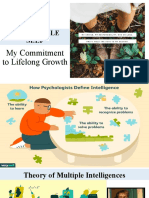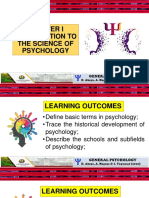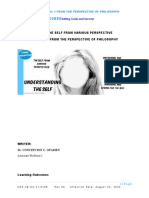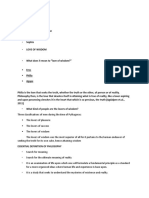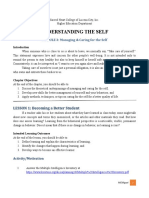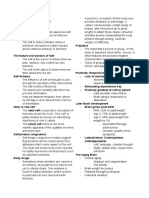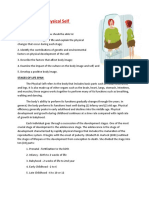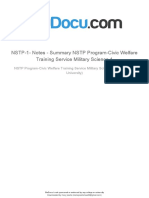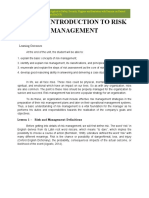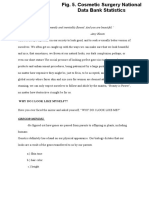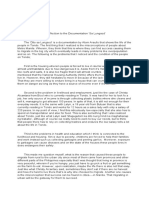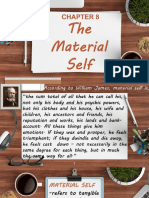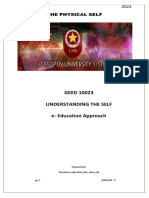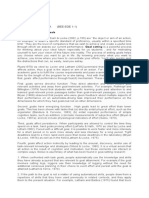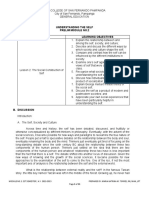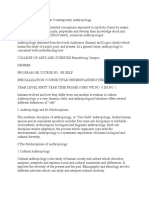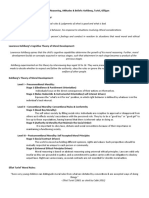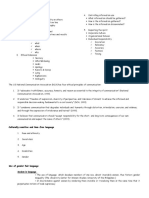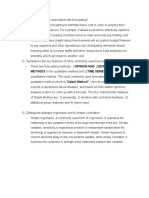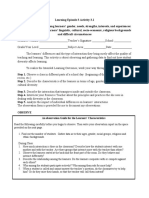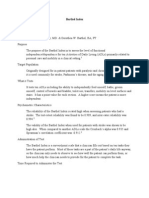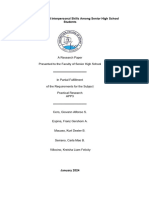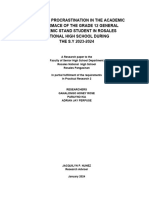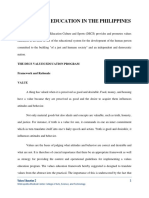100% found this document useful (2 votes)
2K views2 pagesResponsible Self: My Commitment To Lifelong Growth
The document discusses Gardner's theory of multiple intelligences which identifies nine types of intelligence including naturalist, visual-spatial, verbal-linguistic, mathematical-logical, musical, bodily-kinesthetic, interpersonal, intrapersonal, and existential. It also discusses theories of motivation including drive reduction theory, incentive theory, and the humanistic approach. Motivation is defined as the driving force that moves people to behave, think, and feel in certain ways and arises from needs, drives to reduce tension, incentives to obtain goals or rewards, and intrinsic or extrinsic factors.
Uploaded by
Valerie AnnCopyright
© © All Rights Reserved
We take content rights seriously. If you suspect this is your content, claim it here.
Available Formats
Download as DOCX, PDF, TXT or read online on Scribd
100% found this document useful (2 votes)
2K views2 pagesResponsible Self: My Commitment To Lifelong Growth
The document discusses Gardner's theory of multiple intelligences which identifies nine types of intelligence including naturalist, visual-spatial, verbal-linguistic, mathematical-logical, musical, bodily-kinesthetic, interpersonal, intrapersonal, and existential. It also discusses theories of motivation including drive reduction theory, incentive theory, and the humanistic approach. Motivation is defined as the driving force that moves people to behave, think, and feel in certain ways and arises from needs, drives to reduce tension, incentives to obtain goals or rewards, and intrinsic or extrinsic factors.
Uploaded by
Valerie AnnCopyright
© © All Rights Reserved
We take content rights seriously. If you suspect this is your content, claim it here.
Available Formats
Download as DOCX, PDF, TXT or read online on Scribd
/ 2
